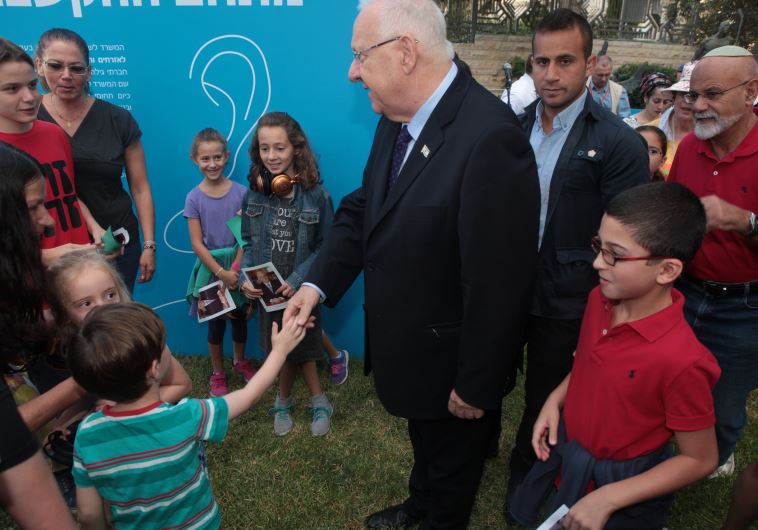President Rivlin: Even in difficult times, Israelis continue to celebrate
Rivlin and his wife greet visitors as they open their succa to the public.
 President Reuven Rivlin greets children at his home in Jerusalem on Succot(photo credit: SHMULIK SOLOMON/GPO)Updated:
President Reuven Rivlin greets children at his home in Jerusalem on Succot(photo credit: SHMULIK SOLOMON/GPO)Updated: